The United Kingdom purchased three KC-135R aircraft for conversion to RC-135W Rivet Joint standard under the Airseeker project, let’s take a closer look.
Acquisition of the three aircraft is budgeted at £634m. The aircraft form No. 51 Squadron RAF, based at RAF Waddington along with the RAF’s other ISTAR assets. They are expected to remain in service until 2045.
The Royal Air Force describe the platform as follows:
“The RC-135W Rivet Joint is equipped with a variety of sensors, allowing its multi-disciplined crew to intercept and exploit emissions across the electromagnetic spectrum, providing both strategic and tactical level intelligence.”
The roots of the deal lie in Project Helix, launched in 2003, the aim was to study options for extending the service life of the Nimrod R1’s out into the next two decades. It wasn’t until 2008 that Rivet Joint was seriously considered. Helix became Project Airseeker, under which three KC-135 aircraft were converted to RC-135W standard.
The first RC-135W was delivered ahead of schedule to the RAF in November 2013 and the type has been used extensively to support British and allied operations in the Middle East and around the world.
The RC-135 signals intelligence aircraft is fitted with an on-board sensor suite that allows the aircraft to detect, identify and geolocate signals throughout the electromagnetic spectrum. The information can then be distributed in a variety of formats to a wide range of platforms through Rivet Joint’s extensive communications suite.
British crews achieved more than 32,000 flying hours and 1,800 sorties as part of the USAF’s 55th Reconnaissance Wing, in preparation for the RAF operating the type.
Then Defence Secretary Michael Fallon said at the time of delivery for the second aircraft:
“The delivery of the second Airseeker provides our Armed Forces with another vital intelligence aircraft that will give valuable support to our fight against enemies such as ISIL. With a Defence budget that will rise in real terms over the next five years and a £163 billion equipment plan, we are able to give our Armed Forces the best equipment to meet the growing and complex threats we face today.”
Chief of Materiel (Air) at the MOD’s Defence Equipment and Support Organisation, Air Marshal Simon Bollom, said:
“This milestone for the Airseeker programme, coming ahead of schedule, gives the UK another world-class real-time signals intelligence and surveillance capability supporting forces in the air and on the ground. It also marks the significant achievement of the Defence Equipment and Support team in delivering this outstanding aircraft to the RAF.”
A programme of continual upgrades will keep the British aircraft up to date. British Rivet Joints will operate as part of a joint pool with the USAF and as a result, will be upgraded and maintained to the same standard as the American aircraft. British Rivet Joints will operate as part of a joint pool with the USAF and as a result, will be upgraded and maintained to the same standard as the American aircraft.
The MoD has also provided details of the crew level required to operate the aircraft.
“The exact number depends on the nature of the task, but a typical mission sortie would have around 25 crew members on board, with approximately 35 for full training missions.”
It was revealed last year that the RAF had deployed Rivet Joint to provide intelligence and analysis of the situation in Northern Iraq. Defence Secretary Michael Fallon confirmed the deployment:
“I can confirm we have deployed Rivet Joint, our very latest surveillance aircraft, the successor to Nimrod, to give us a much better picture, more intelligence and analysis of what is happening on the ground which will help the Iraqi government, the Kurdish forces and the Americans.”
The information and intelligence generated by Rivet Joint was forwarded on to the Iraqi government, Kurdish fighters and US forces in the region to assist in combating Islamic State.


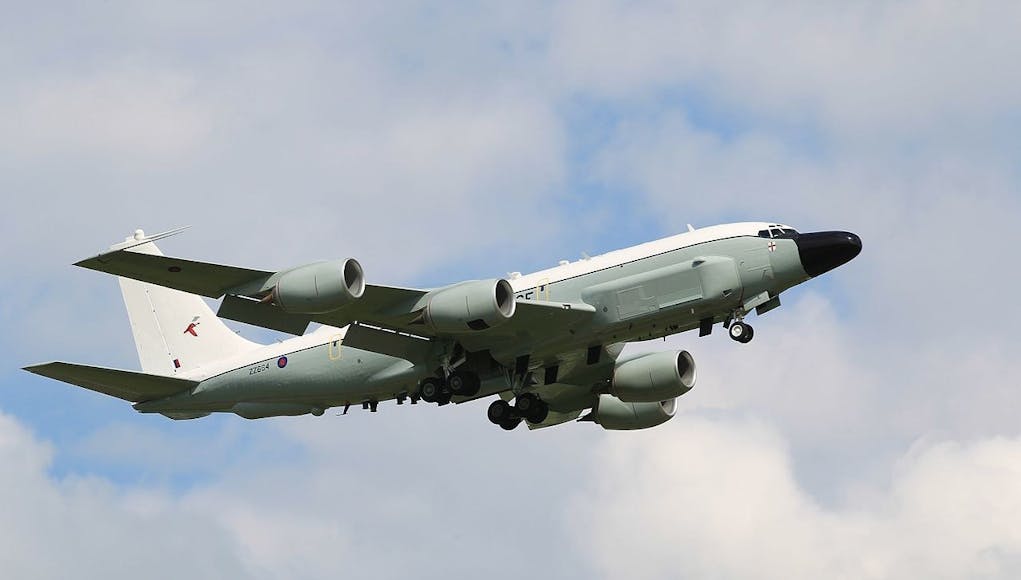

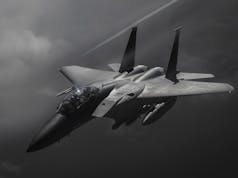

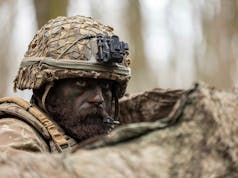
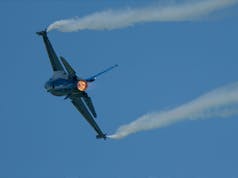

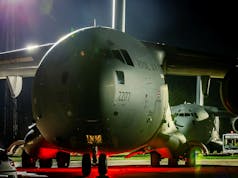










Interesting article. I’m interested in its linked ground analysis centre too but little detail on that for obvious reasons.
[…] The RC-135 signals intelligence aircraft is fitted with an on-board sensor suite that allows the aircraft to detect, identify and geolocate signals throughout the electromagnetic spectrum. The information can then be distributed in a variety of formats to a wide range of platforms through Rivet Joint’s extensive communications suite. More information can be found here. […]
[…] RC-135s were purchased by the RAF in 2017 to serve with 51 Squadron based at RAF Waddington in Lincolnshire. The crew includes two pilots, a navigator and up to 25 mission […]
Is the timely delivery due to the British time and expense obsession of ‘tailoring’ not being done?
Adrian wrote:
Is the timely delivery due to the British time and expense obsession of ‘tailoring’ not being done?
The Chinook HC Mk3 fiasco comes to mind.
A replacement for Nimrod was needed. Rivet Joint seems to fill the void nicely. Mission accomplishment will determine if it was the right purchase. Joe Gribble
Looks like a good aircraft but little British manufacturing or tech development. The problem with this is that if we don’t buy British for our armed forces, we don’t develop any kit to sell overseas and no more exports. Instead, we advertise American goods and they get the exports.